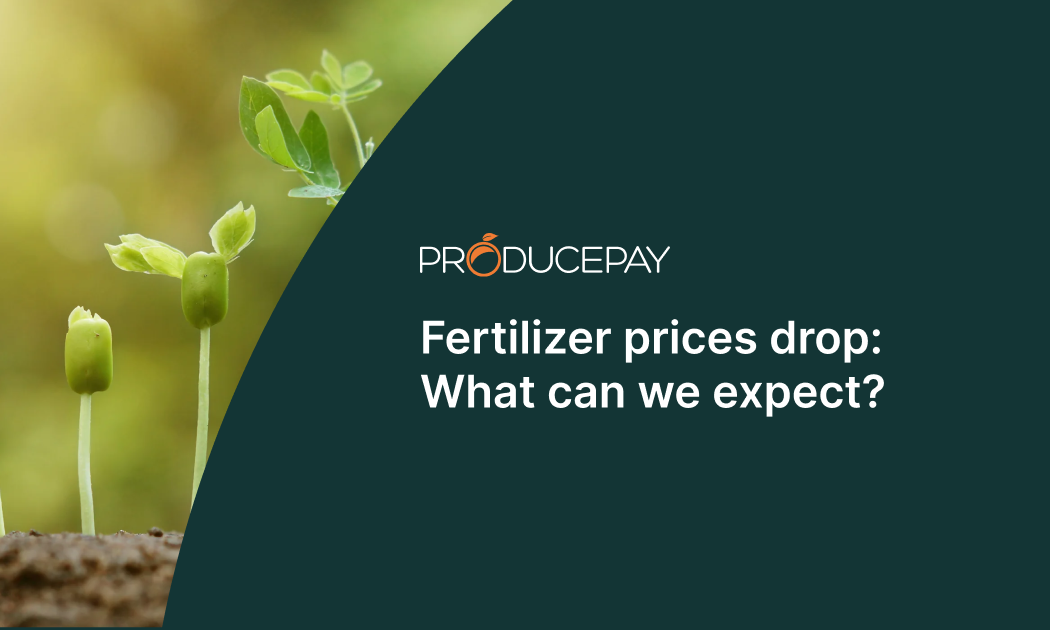
Fertilizer prices drop: What can we expect?
In an unexpected twist for the agricultural sector, fertilizer prices have significantly dipped in 2023. Data reveals a substantial reduction in the costs of critical inputs, such as ammonia anhydride, which has plummeted by 50% compared to the previous year.
Similarly, phosphorus-based fertilizer products have seen a 20% decrease. These numbers caught the agricultural sector by surprise, especially after experiencing soaring prices throughout 2022.
To put this into perspective, in June 2023, the price per metric ton of urea was just $287.5, whereas a year earlier, it stood at $690, marking a 58% decrease.
In the case of diammonium phosphate (DAP), the price in June this year was $454.6 per metric ton, a 42% decline over the previous year’s price of $783.8. Finally, potassium chloride went from $1,100 to $328 per metric ton between June 2022 and June 2023, a remarkable 70.2% decrease.
What’s behind the drop in fertilizer prices?
The reasons behind this notable price decline are multifaceted but can be summarized by two key factors directly influencing the fertilizer market.
- Weaker demand: The reduced use of fertilizers by farmers has resulted in a decreased demand for these products, possibly due to a more efficient usage pattern prompted by historically high prices in 2022. This may be tied to concerns about the affordability and availability of fertilizers.
- Lower natural gas prices: Natural gas is pivotal in producing nitrogen-based fertilizers. The decline in natural gas prices during 2023 contributed significantly to the across-the-board reduction in fertilizer prices.
What lies ahead for fertilizer prices?
According to insights gathered by ProducePay’s field operations team, fertilizer prices will likely continue a gradual decline for the remainder of the year. However, overall expectations remain uncertain, given the intricate factors influencing fertilizer prices.
First, we must closely monitor natural gas price fluctuations in the coming months, especially with the approaching winter in Europe and Asia. A rise in prices due to a harsh winter can lead to reduced ammonia production, resulting in a swift increase in nitrogen fertilizer prices.
Furthermore, ongoing geopolitical tensions in various European and Asian regions create an unpredictable environment for price stability, as disruptions in fertilizer supply could occur at any time.
Finally, the low fertilizer prices may stimulate demand, eventually reaching a point where prices stabilize and initiate an upward cycle.
Discover ProducePay’s Pre-Season financing to boost your growth and ensure a successful season. With our grower-first solutions, you can cover operational expenses like fertilizer purchases and strengthen your financial standing. Take advantage of the flexibility, speed, and freedom we provide without needing land collateral.
Sources: Ag Web, World Bank

